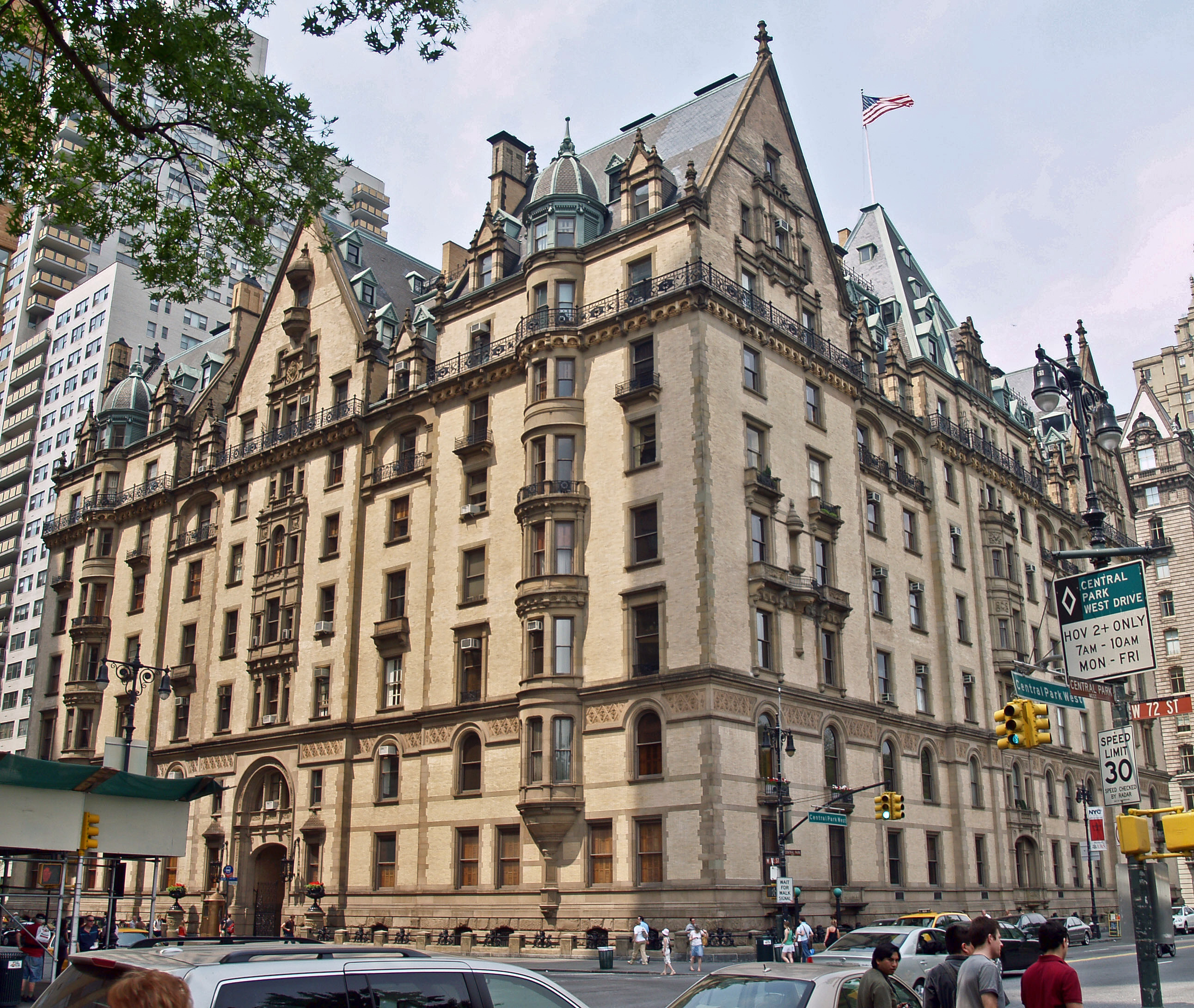Billed by the Chamber of Commerce as the "Birthplace of the American Industrial Revolution", and an early center for the Labor Movement, Waltham is a city in Middlesex County, Massachusetts, United States. The original home of the Boston Manufacturing Company, the city was a prototype for much 19th century industrial city planning. The city is now a center for research and higher education. The population was 59,226 at the 2000 census. The name Waltham means 'home in the woods'.
Waltham is commonly referred to as Watch City because of its association with the watch industry. This is due to Waltham Watch Company, which opened its factory in Waltham in 1854. It was the first company to make watches on an assembly line. It won the gold medal in 1876 at the Philadelphia Centennial Exposition. Over 40 million watches, clocks and instruments were produced by Waltham Watch Company until it closed in 1957.
_______
SIDEBAR: Waltham Supermarket on Main Street, established in 1936, was a large historic grocery store that closed in the 1990s. However, the building continues to be a supermarket, occupied by Shaw's, then Victory, and now Hannaford.
However, the building continues to be a supermarket, occupied by Shaw's, then Victory, and now Hannaford.
______
Notable residents
- Aerosmith-- During the 70's Boston area rock band Aerosmith had a studio in Waltham known as "The Wherehouse". It was located off of Lexington Street behind now defunt hardware store "Moe Blacks". The Wherehouse is credited on Aerosmiths 1978 album "Live Bootleg" as the recording site for "Come Together".
- John A. Bailey –- Inventor of the drink through container lid and vacuum forming pioneer. Waltham native
- Ryan Gallant -- Professional Skateboarder
- Abbie Hoffman -- Bestselling author, radical political activist, founder of the Youth International Party
- Jeff Lazaro -- Former Boston Bruins forward notched 14 goals and 23 assists in 3-year NHL career with the Bruins and Ottawa Senators; 1986 Waltham High School graduate
- Noelle LeBlanc -- lead singer/guitarist of Island/Def Jam Records' hard rock/power pop quartet Damone; Waltham native and current resident
- Paul Pierce -- Boston Celtics captain who is a 6-time NBA All-Star as a guard/forward
- Derek Regan -- Founder and CEO of CriminalWatchDog.com. Waltham native and current resident.
- Carroll Spinney -- voice of "Big Bird" and "Oscar the Grouch" on Sesame Street.
- Antoine Walker -- 3-time NBA All-Star forward currently with the Minnesota Timberwolves, was captain of the Boston Celtics and has also played with the Dallas Mavericks, Atlanta Hawks and Miami Heat; former resident
- Sockington -- Leader of Socks Army, first feline to surpass 500,000 Twitter followers.



